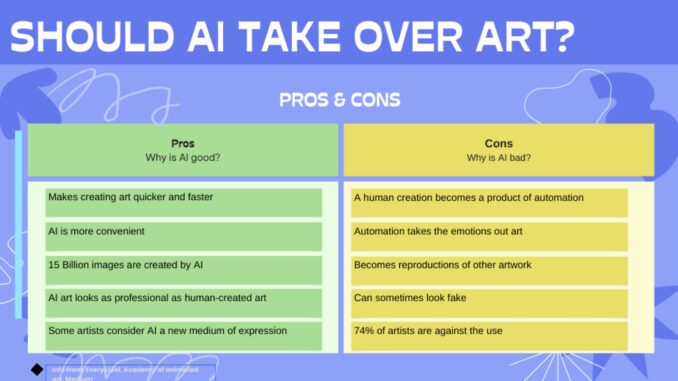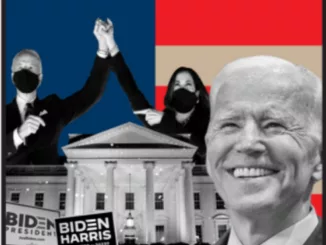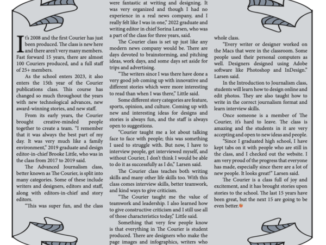
photo credit: Nghiem Pham
In a once lively studio of artists, canvases and brushes gathered dust everywhere. Artificial creations took over art galleries across the world, and the imperfect beauty of human art was now a memory.
Generative Artificial intelligence (AI) is no longer just a tool for automating mundane tasks, it has evolved into the realm of creativity. This new feature of AI-generated art has ignited anxiety within artists of all kinds.
The future of human artists and the value of human-created art itself is unclear because of the new technology. The ease of using artificial intelligence makes it a convenient way to create specific images.
The allure of generating AI art is undeniable. Generative AI can produce art that might take a human artist months to create with just a few clicks.
The danger is that art, which has always been a human creation, could become just a product of automation. This automation takes away its emotional value. Therefore, I believe that generative AI could be dangerous to the world of art and should be used lightly, not as a replacement for artists.
According to Everypixel, a stock image search engine that provides free stock photos powered by AI, almost 15 billion images mimicking human art have been created on the website since 2022. These images have started to flood the internet, and it’s not always easy to tell the difference between human-created art and AI art.
Generative AI does not create its own art, instead, it uses existing art that has been put on the internet which trains it to produce more content, according to Medium. Because of this, the more it is used, the more it learns from what is already out there.
Even though some of the things artificial intelligence produces seem skillful, it always seems to lack the emotion and character that human art has. Patterns have been frequently appearing in the work AI produces that makes it easily recognizable as fake.
If you ask me, the photos that come from generative AI are emotionless and stiff, they are simply a compilation of traits of real art posted by real artists.
Overall, very few artists actually believe that generative AI art is ethical, as according to a study by Academy of Animated Art, 74 percent of artists are against AI art. And in the same study, over half of artists worry that the technology will inhibit their ability to make money from their art.
On the other side, supporters of AI art argue that the creations are a result of human ingenuity and ideas, even considering it a new medium of art that pushes boundaries. Some artists see AI as a collaborator instead of a competitor, that can inspire creativity instead of replacing it.
This side believes AI is not stealing the role of artists, it’s creating new opportunities. It will require a collaboration of human artists to point it in the right direction and determine the quality of its output.
However, it does create ethical questions. If AI got to a level where it could produce art that is at the level of humans, what would stop companies from replacing human artists with algorithms?
There’s also an issue of property, who would own rights to a generated piece, does the art belong to the machine itself? The issue continues to question creativity in this digital age.
As of now, the relationship between generative AI and artists is uncertain. It is clear that AI is here to stay, and its impact on the art world will be profound.


